Search
Did you mean: Pan?
Search Results
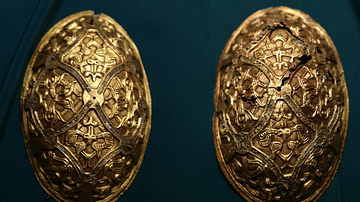
Image
Viking Age Oval Brooches
Two Viking Age oval brooches - also known as tortoise brooches - which were used in a practical way by women to pin up the straps of their overdresses but were often decorated. They came in pairs - one for each dress strap - and are often...
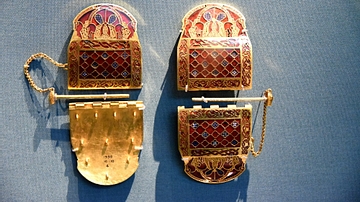
Image
The Sutton Hoo Shoulder-clasps
Gold shoulder-clasps from Sutton Hoo, Ship-burial Mound 1, England, UK. Late 500s to early 600s. The British Museum, London. The shoulder-clasps would have displayed the power and authority of their wearer. They are similar in style to...
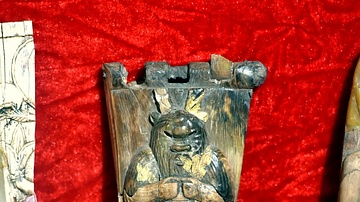
Image
Ivory Horse Frontlet from Nimrud
This ivory piece is part of the so-called "equestrian bridle-harness ornaments". It represents the lower part of a hinged frontlet, virtually complete. Most of the hinges and much of the iron pin have survived. A figure of the Egyptian...
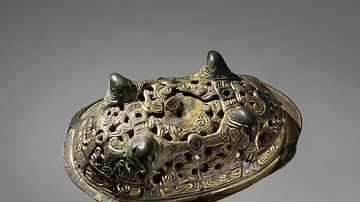
Image
Viking Oval Brooch
Gilt copper alloy oval brooch is composed of two pieces dating from the 10th century and found in Norrtälje, Sweden. The British Museum, London. The first piece is an upper shell with cast animal interlace decoration and four bird head...
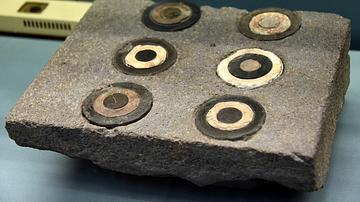
Image
Black Basalt Slab with Inlays from Urartu
This slab (which is inlaid with black and white stone) was part of the paved platform in front of the temple of the god Haldi, the supreme god of the Urartians. The rings were carefully slotted together and secured by a pin so the top would...
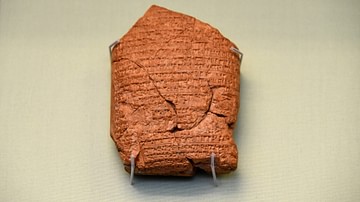
Image
Nebuchadnezzar Captures Jerusalem
This official document chronicles important events in the reign of Nebuchadnezzar between 605-595 BCE. It pin points Babylonian conquest of Jerusalem and the surrender of Jehoakim, king of Judah ar Jerusalem in 597 BCE. From Bablyon, Southern...
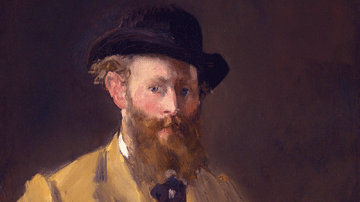
Image
Self-portrait with a Palette by Manet
An 1879 oil on canvas self-portrait by Edouard Manet (1832-83), the French modernist painter. His jacket, necktie, and pin highlight that Manet was far from the bohemian stereotype of a Parisian artist. (Steven A. Cohen collection Greenwich...
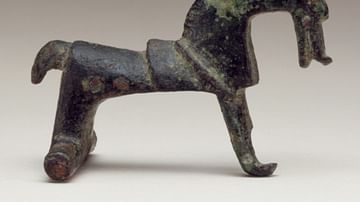
Image
Celtic Horse Brooch
This small bronze brooch was made in Central Europe sometime between 650 and 550 BCE. This horse-shaped pin is one of many examples of Celtic animal brooches from Central Europe. From the Metropolitan Museum of Art, New York.

Image
Visigothic Fibula
This fibula (pin used for fastening a piece of clothing) is one of a pair made by a Visigothic artist out of gold over bronze with gemstones, glass and meerschaum. 6th century CE. Walters Art Museum, Baltimore, MD

Video
Derrynaflan Chalice (800 - 950 A.D.) - Discovered Derrynaflan, Co. Tipperary Ireland
This chalice dates from the early 9th century AD and was found in 1980 on a monastic site at Derrynaflan, Co. Tipperary This chalice is part of a hoard of altar vessels found in 1980 on a monastic site at Derrynaflan, Co. Tipperary. An...